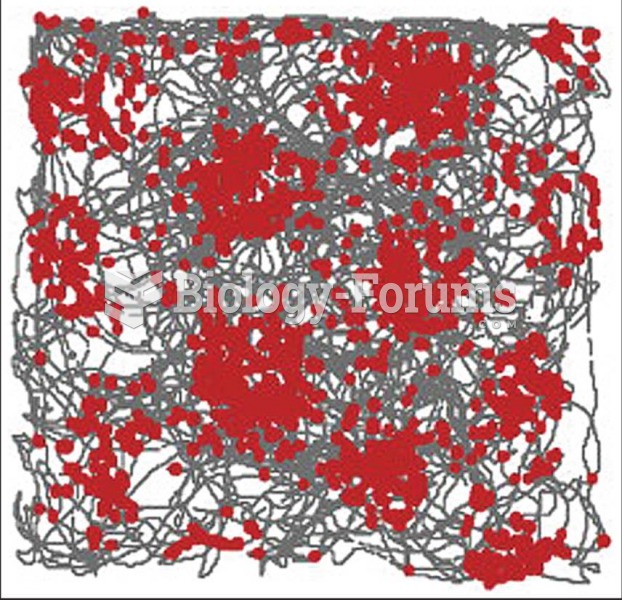Answer to Question 1
1. General
Supermarket
Chains
Drugstore
Chains Mom-and-Pop
Single
Stores
Total
Revenues 3,708,000 3,150,000 1,980,000 8,838,000
Cost of goods sold 3,600,000 3,000,000 1,800,000 8,400,000
Gross margin 108,000 150,000 180,000 438,000
Other operating costs 301,080
Operating income 136,920
Gross margin 2.91 4.76 9.09
The gross margin of Pharmahelp, Inc., was 4.96 (438,000 8,838,000). The operating income margin of Pharmahelp, Inc., was 1.55 (136,920 8,838,000).
2. The per-unit cost driver rates are:
1. Customer purchase order processing,
80,000 2,000 (140 + 360 + 1,500) orders = 40 per order
2. Line item ordering,
63,840 21,280 (1,960 + 4,320 + 15,000) line items = 3 per line item
3. Store delivery,
71,000 1,480 (120 + 360 + 1,000) deliveries = 47.973 per delivery
4. Cartons shipped,
76,000 76,000 (36,000 + 24,000 + 16,000) cartons = 1 per carton
5. Shelf-stocking,
10,240 640 (360 + 180 + 100) hours = 16 per hour
3. The activity-based costing of each distribution market for 2014 is:
General
Supermarket
Chains Drugstore Chains Mom-and-Pop
Single Stores Total
1. Customer purchase order processing
(40 140; 360; 1,500) 5,600 14,400 60,000 80,000
2. Line item ordering
(3 1,960; 4,320; 15,000) 5,880 12,960 45,000 63 ,840
3. Store delivery
(47.973 120; 360; 1,000) 5,757 17,270 47,973 71,000
4. Cartons shipped
(1 36,000; 24,000; 16,000) 36,000 24,000 16,000 76,000
5. Shelf-stocking
(16 360; 180; 100) 5,760 2,880 1,600 10,240
58,997 71,510 170,573 301,080
The revised operating income statement is:
General Mom-and-Pop
Supermarket Drugstore Single
Chains Chains Stores Total
Revenues 3,708,000 3,150,000 1,980,000 8,838,000
Cost of goods sold 3,600,000 3,000,000 1,800,000 8,400,000
Gross margin 108,000 150,000 180,000 438,000
Operating costs 58,997 71,510 170,573 301,080
Operating income 49,003 78,490 9,427 136,920
Operating income margin 1.32 2.49 0.48 1.55
4. The ranking of the three markets are:
Using Gross Margin Using Operating Income
1. Mom-and-Pop Single Stores 9.09 1. Drugstore Chains 2.49
2. Drugstore Chains 4.76 2. General Supermarket Chains 1.32
3. General Supermarket Chains 2.91 3. Mom-and-Pop Single Stores 0.48
The activity-based analysis of costs highlights how the Mom-and-Pop Single Stores use a larger amount of Pharmahelp's resources per revenue dollar than do the other two markets. The ratio of the operating costs to revenues across the three markets is:
General Supermarket Chains 1.59 (58,997 3,708,000)
Drugstore Chains 2.27 (71,510 3,150,000)
Mom-and-Pop Single Stores 8.61 (170,573 1,980,000)
This is a classic illustration of the maxim that all revenue dollars are not created equal. The analysis indicates that the Mom-and-Pop Single Stores are the least profitable market. Pharmahelp should work to increase profits in this market through (1) a possible surcharge, (2) decreasing the number of orders, (3) offering discounts for quantity purchases, etc.
Other issues for Pharmahelp to consider include:
a. Choosing the appropriate cost drivers for each area. The problem gives a cost driver for each chosen activity area. However, it is likely that over time further refinements in cost drivers would be necessary. For example, not all store deliveries are equally easy to make, depending on parking availability, accessibility of the storage/shelf space to the delivery point, etc. Similarly, not all cartons are equally easy to delivertheir weight, size, or likely breakage component are factors that can vary across carton types.
b. Developing a reliable data base on the chosen cost drivers. For some items, such as the number of orders and the number of line items, this information likely would be available in machine readable form at a high level of accuracy. Unless the delivery personnel have handheld computers that they use in a systematic way, estimates of shelf-stocking time are likely to be unreliable. Advances in information technology likely will reduce problems in this area over time.
c. Deciding how to handle costs that may be common across several activities. For example, (3) store delivery and (4) cartons shipped to stores have the common cost of the same tri
Answer to Question 2
Assets = Liabilities + Owner's Equity
Cash Accounts Payable Owner, Capital
Accounts Receivable Owner, Drawing
Prepaid Insurance







